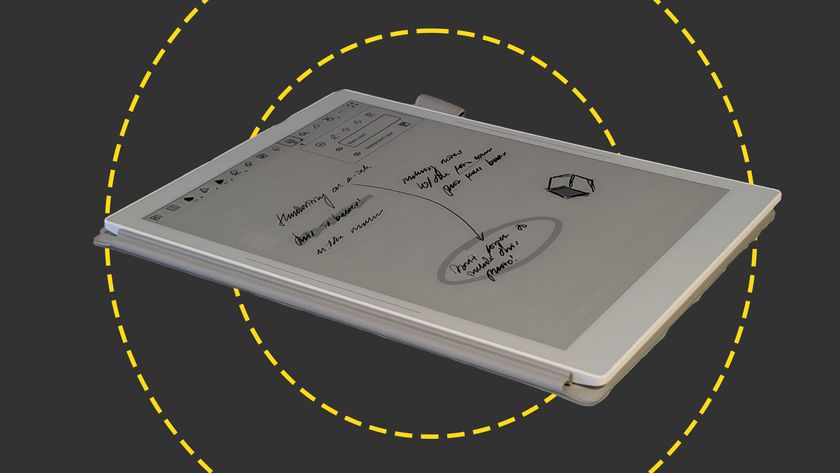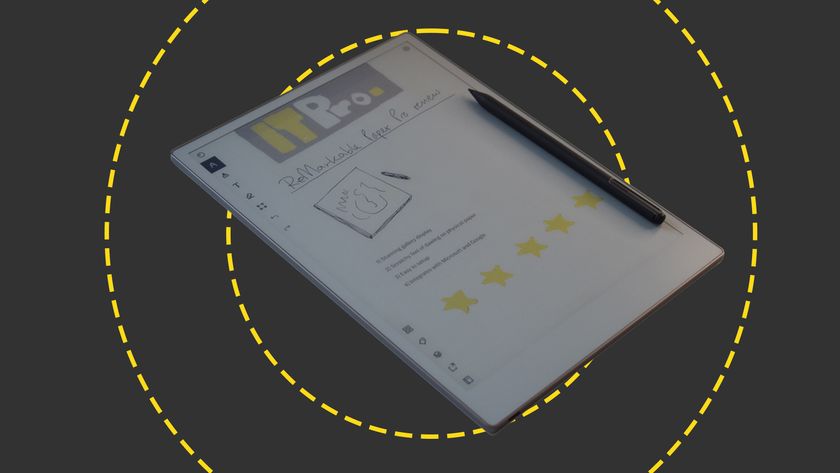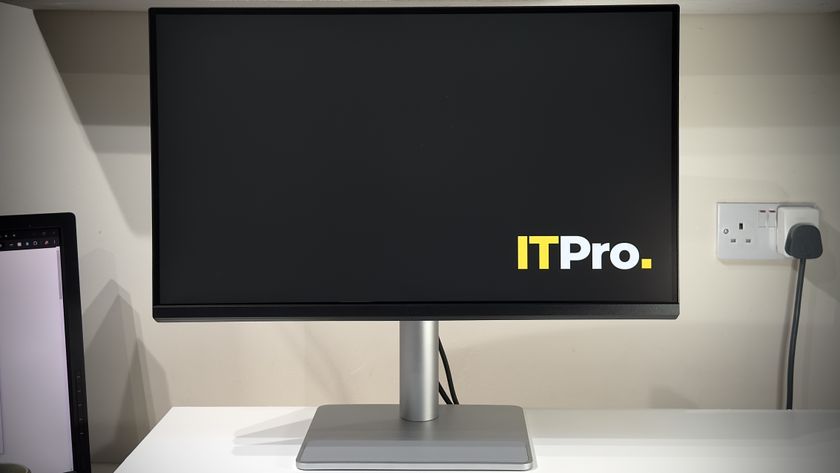There aren't any USB ports, but there is a microSDHC memory card slot for adding more storage if the integrated 16GB isn't enough. There's also a SIM card slot, since the Tab has integrated 3G in addition to WiFi and Bluetooth 3.0. The Tab can also be used as a phone, although it's unlikely to be used for making calls regularly due to its size. It's a potentially useful option to have when paired with a Bluetooth headset though. Sadly, there's no HDMI port for display videos or PowerPoint presentations on an external display or projector.
Unlike the other tablets we've seen so far, the Tab has two cameras, a three-megapixel forward facing camera and a 1.3 megapixel forward facing camera. The Tab can place video calls to other Tab users over 3G, so you need a suitable mobile contract, but we couldn't get this to work in our tests, either by calling other Tab users or anyone else. Disappointingly, other Android apps, such as Skype, didn't seem able to work with the Tab's cameras either.
The cameras can of course be used to take photos and record videos. The rear camera has a bright flash for illuminating dark rooms. Although the results are good enough for sharing on Facebook, the quality is unimpressive compared to most modern smartphones and camera phones. The rear-facing camera may be of more use when used with augmented reality apps.
A USB charger is included in the box, but the Tab doesn't use a standard USB cable. It uses a proprietary USB cable with a plug that resembles the dock connector on the iPhone. You'll want to carry the Samsung charger with you on long trips too. Although the Tab will charge when plugged into computers or third party USB chargers, it charges much faster when plugged into the Samsung charger.













